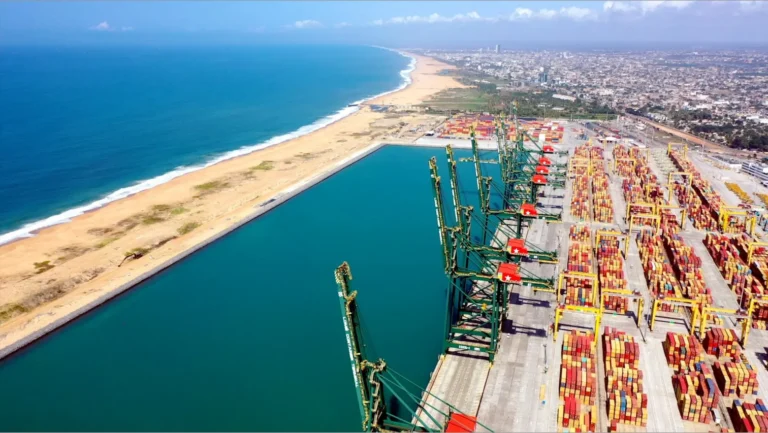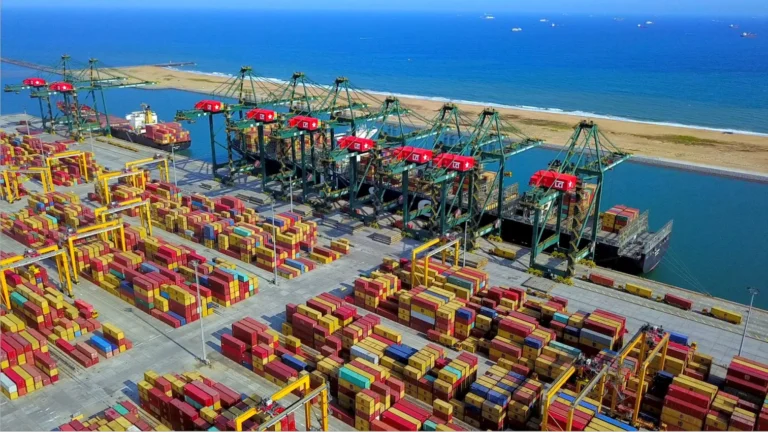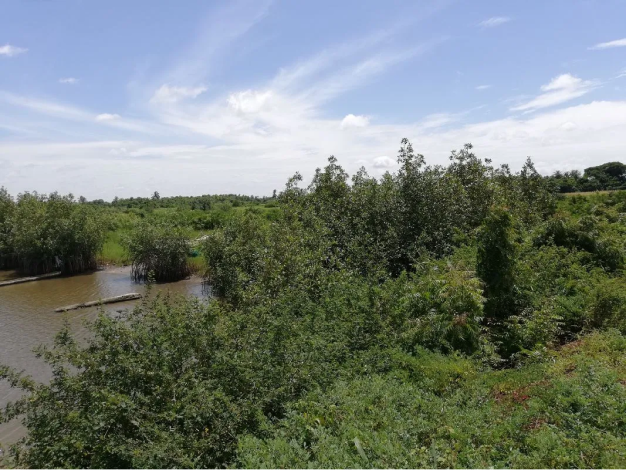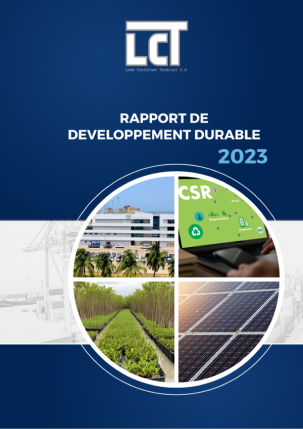Social
Community Development Plan
Support for affected populations:
LCT’s facilities cover the entire area previously used by market gardeners and the marine sand quarry. To mitigate and compensate for the negative impact of the project, resettlement action plans have been carried out by LCT.
In addition, unique and specific assistance was granted to female team leaders and their assistants who lost their main source of income as they were unable to continue their sand collection activity. This assistance enabled 97 vulnerable women to finance income-generating activities.
Regarding the market gardeners, 175 received cash compensation as they wished. This compensation allowed them to acquire and develop new lands.
LCT is now working to improve the technical skills of market gardeners by offering training while continuing the assistance already undertaken. Based on community development, LCT is also making arrangements for the rehabilitation of the public school in Zalivé.



Environmental
Responsible Commitment
Lomé Container Terminal is committed to carrying out its activities in harmony with quality standards and the well-being requirements of populations regarding Health, Safety, Security and Environment.
Waste Management
Waste collection/storage, waste sorting system, dedicated space for storing hazardous containers with class segregation, partnership for recycling electrical and electronic waste
Water Management
Monitoring of water consumption, wastewater treatment, drainage system for water contaminated by hazardous substances.
Environmental Measures
Noise pollution, air quality, water quality
Energy Management
Monitoring of electricity, fuel, lubricant consumption, calculation of greenhouse gas emissions, SCADA system (energy consumption management on the terminal).

Report
Sustainable Development Report
At LCT Togo, sustainability is more than a goal—it’s a responsibility. Our commitment to ethical practices, eco-conscious materials, and long-term environmental impact is at the core of everything we do. This Sustainable Development Report highlights our progress, challenges, and future goals as we work towards building a better, greener future for all.
Environmental
Environmental impact
Furthermore, we are constantly working to reduce the impact of our activities on the environment by carrying out several actions, including:
The construction and operating of port terminals disrupt the migratory behavior of these species. So, since September 2012, the monitoring program for the protection of sea turtles on the Togolese coast has been initiated and it continues to this day. As part of this program, LCT distributed nets to fishermen whose nets are damaged by turtles.
In the context of the mangrove restoration of Avicennia germinans, the Ministry of Environment and Forest Resources, through the Directorate of Wildlife and Hunting, identified a site in Zalivé. The implementation and monitoring of the site’s progress were carried out by LCT. Approximately 14,239 plants were planted, including:
– Avicennia species: 10,199 plants.
– Rhizophora species: 4,040 plants.
The coastal area of Togo hosts to a large number of industries and businesses. The state of this sandy coast, which stretches 50 km in length between Ghana and Benin, has moved from morphological stability to disruption in sediment flows from various sources.
Driven by the duality of its commitments in terms of environmental protection and port development, Lomé Container Terminal (LCT), carried out of a study to identify the potential impact of its activities on the morpho-dynamic evolution of the Togolese coast and proposed an annual monitoring program of the coastline.
This mission responds to LCT’s third development axis: Community development study, which constitutes to raise awareness on coastal erosion and the potential impacts of the 300m spur groyne on the morpho-dynamic coastal evolution.